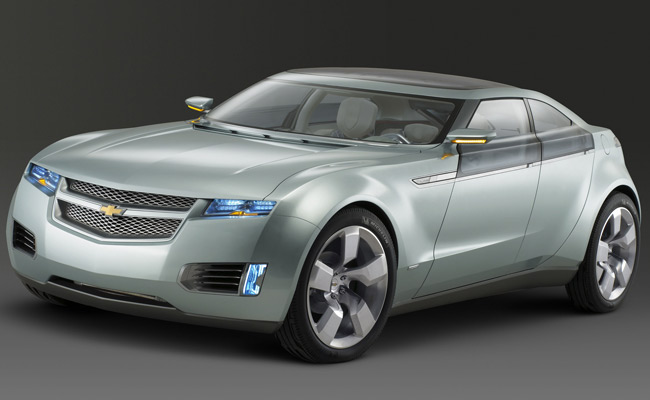The Energy Debates: Hybrid Vehicles

Editor's Note: "The Energy Debates" is a LiveScience series about the pros, cons, policy debates, myths and facts related to various alternative energy ideas. We invite you to join the debate by commenting directly on each article. The Facts
Hybrid vehicles combine a gasoline engine and an electric motor. They have the potential to boost fuel economy. There are a number of types of hybrid technology available to automakers:
- Idle-off capability: The engine turns itself off when the car is stopped at a light or in traffic, and turns back on when you move your foot to the gas pedal.
- Regenerative braking: A portion of the energy normally lost during braking is converted into electricity, recharging the car's battery.
- Power assist and engine downsizing: The electric motor helps propel the car, particularly during acceleration, and since the motor and engine share the power load, the engine's size can be reduced, helping to save more fuel.
- Electric-only drive: The electric motor can power the car and drive at low speeds.
- Extended battery-electric range: The car can drive solely on electric power for 20 to 60 miles before the gasoline engine is needed. The car's battery has to be recharged by plugging it in to an outside source.
According to the Union of Concerned Scientists, a science advocacy group, "mild" hybrids such as Honda's Civic Hybrid utilize all of the first three technologies above. "Full" hybrids, including the Toyota Prius, also feature electric-only drive. "Plug-in hybrids" that employ all five technologies, like the upcoming Chevrolet Volt, are not yet available yet on the market. "The claim for the Volt is that it can drive 30 or 40 miles before the engine actually needs to turn on," said Spencer Quong, senior vehicles analyst for the Union of Concerned Scientists. "In the next couple of years, I expect several auto companies to release more plug-ins soon." Sales of hybrids are skyrocketing. "In 2001, there were 25,000 hybrids sold in the U.S. In 2008, there were 300,000 sold," Quong said. Pros Ideally hybrids possess better fuel economy, saving thousands of dollars over the course of the car's lifetime, Quong said. This not only saves money, but also helps cut emissions of air pollutants that lead to smog and acid rain, as well as the global warming gas carbon dioxide. There are less tangible benefits as well, Quong added. "Often vehicles are quieter," he said. "Also, electric motors give full torque when they start up. When you have a gasoline vehicle, when you stomp on the accelerator, you get a delay revving up. With hybrids, you get all that torque at once when accelerating." Cons Hybrids are more expensive than their conventional counterparts. A hybrid Honda Civic costs $2,000 to $3,000 more than a conventional Civic, Quong said. Still, with the improved fuel economy, you recapture those costs in five or six years, experts estimate. A number of automakers are trying to create an environmentally friendly image by putting just one or two of these technologies into their vehicles and calling them hybrids, Quong cautioned. "Not all hybrids are created equal — you do have some of these 'muscle hybrids' or 'hollow hybrids' out there," he explained. "You see Lexus hybrids only gain a 1 or 2 mile per gallon improvement, but a huge increase in price, sometimes just $10,000 just going into an improvement in acceleration." What do you think?
- Vote: The Best Alternative Energy Idea
- Innovation: Ideas to Power the Future
- Black Gold: Where the Oil Is
Get the world’s most fascinating discoveries delivered straight to your inbox.



